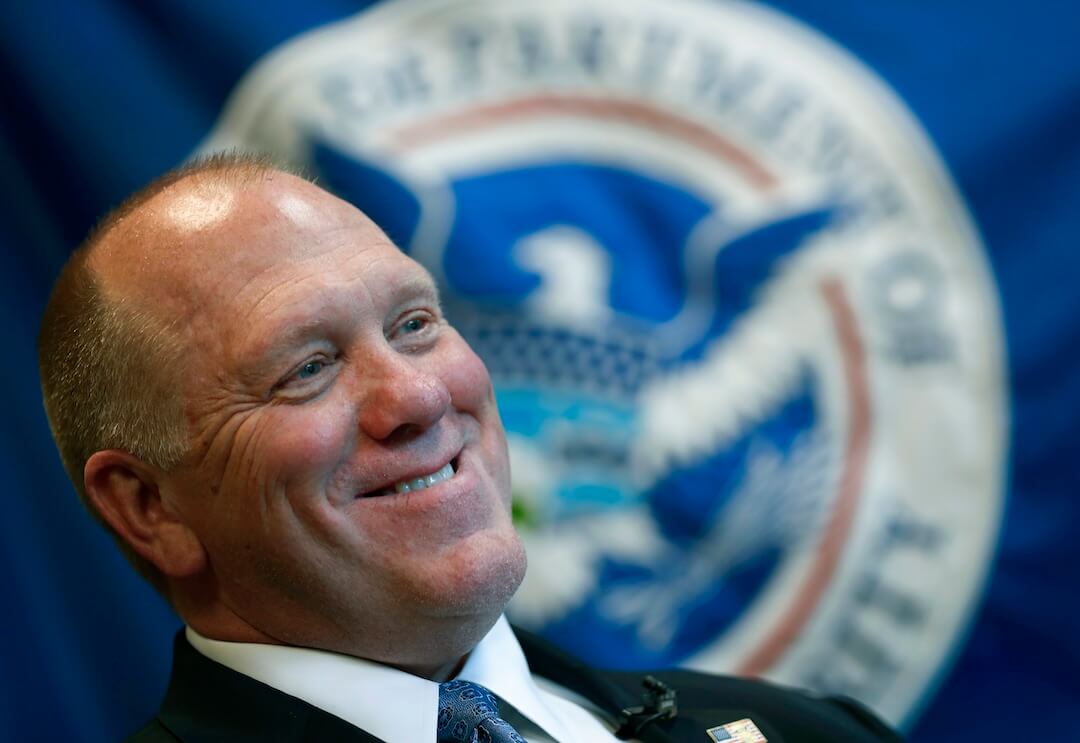Anonymous sources are to journalists what a 12-pound funnel cake is to a kid at the state fair: We know it’s unhealthy, but we partake anyway.
That has never been truer over the last week, as our good ship of state has sprung leak after leak. Nameless White House officials have served up more scoops than a Baskin Robbins: Trump’s disastrous call with Australia’s Prime Minister, his fraught conversation with Mexico President Enrique Pena Nieto and his hand-waving at a competitive Supreme Court justice pick.
Look at the sourcing for each:
Australia call: “…According to senior U.S. officials briefed on the Saturday exchange.”
Mexico call: “In an excerpt obtained by The Associated Press…” Later: “The official, who spoke on condition of anonymity…”
Supreme Court showdown: “Three administration officials who did not want to be identified…”
Journalism graybeards often frown upon instances of anonymous sourcing such as those listed above for a number of (valid) reasons: If a source isn’t willing to stake their reputation on a piece of information, why should a news organization? Anonymous sourcing distorts our understanding of a story, removing essential context: If we don’t exactly where it came from, how can we assess its truth? And when news organizations cite sources anonymously, they chip away at the public’s trust — which has already fallen to historic lows.
And yet the behavior of the White House under President Trump makes reporting without anonymous sources extremely difficult. The president and his staff have made no secret of their hostility to the press: Just one day into his presidency, Trump berated journalists in his speech before the CIA, saying that he has begun a “running war” with the media. Steve Bannon, one of Trump’s top advisers, called reporters “the opposition party” in an interview with The New York Times. Sean Spicer, the White House press secretary, has used the briefing room to launch tirades against Beltway reporters.
By making reporters, President Trump has taken away incentives for people in the White House to cooperate with the press. Why would you identify yourself in a damning story about your boss? You could be labeled a turncoat and treated to Trump’s catchphrase.
Not only that, but official information coming from the White House has proven unreliable on more than one occasion. Spicer misled reporters about the size of Trump’s crowd on Inauguration Day in his first statement as press secretary. Trump himself has become a fount of misinformation, during the campaign and after. And, in the case of the call with Australia’s prime minister, the official White House account contradicted The Washington Post’s reporting.
The Trump administration has also directed federal employees not to communicate with the public, throwing another obstacle in the path of reporters seeking on-the-record information.
The antipathy toward the press and the dubious information coming through official channels means that anonymous sources are a ray of sunlight in an otherwise dusky administration. Shunned by officials and subjected to misinformation, reporters are turning to unnamed officials with the approval of their editors. The results have been illuminating.
But that doesn’t erase the traditional problems with anonymous sources. If anything, Trump’s gloves-off relationship with the press only raises the stakes. If an anonymously sourced story is proven false, the White House can use that to cast doubt on every article reported on background. With trust in the press at rock bottom and reporters being harangued on a weekly basis, this could be especially hazardous to journalism writ large.
Leaks are more important than ever. But if we’re not careful, they could sink us.






